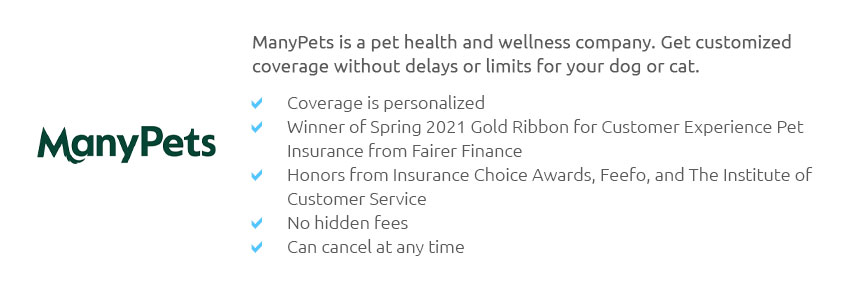 |
 |
 |
 |
 |
 |
|
 |
|
 |
|
 |
|
 |
|
 |
 |
 |
 |
 |
 |
 |
 |
Understanding Basic Pet Health Insurance: What to ConsiderIn recent years, the concept of pet health insurance has evolved from a niche offering into a mainstream necessity for many pet owners. This shift is not merely a result of savvy marketing; rather, it reflects a growing awareness among pet parents about the potential financial burdens of unforeseen veterinary expenses. As we delve into the nuances of basic pet health insurance, it is crucial to approach the topic with a discerning eye, weighing the benefits against potential drawbacks and understanding the finer details that might escape initial scrutiny. What exactly is basic pet health insurance? In essence, it is a contract between a pet owner and an insurance provider, designed to offset veterinary costs for illnesses and accidents. While the term 'basic' might imply limited coverage, most basic plans are crafted to cover a broad spectrum of common health issues, offering a safety net that can be invaluable in emergencies. One key consideration is cost. Monthly premiums can vary significantly depending on factors such as your pet's age, breed, and existing health conditions. While a younger, healthier pet might warrant a lower premium, it's essential to remember that premiums tend to rise as pets age, reflecting their increased risk of health issues. Furthermore, some breeds are predisposed to certain conditions, which may affect the cost of coverage or even the willingness of insurers to cover specific ailments. Exclusions and limitations are another aspect that requires careful consideration. Many basic policies have waiting periods before coverage kicks in, particularly for hereditary conditions. It's also common for policies to exclude pre-existing conditions altogether, which can be a point of contention for many pet owners. Reading the fine print and asking detailed questions about what is and isn't covered can prevent unpleasant surprises down the line. Deductibles and reimbursement levels are also pivotal in shaping your experience with pet insurance. Most plans operate on a reimbursement basis, meaning you pay the vet upfront and then submit a claim to the insurer. The reimbursement level determines what percentage of the vet bill you'll get back, typically ranging from 70% to 90%. Higher reimbursement levels may come with increased premiums, so striking a balance that aligns with your budget and risk tolerance is vital. Additionally, network restrictions might influence your choice. Some insurers require you to visit certain veterinary networks to receive full benefits, which can be restrictive if you have a preferred vet outside of this network. Others offer more flexibility, allowing you to choose any licensed veterinarian. For pet owners contemplating insurance, it's worth considering whether the peace of mind and potential savings outweigh the regular cost of premiums. It may also be helpful to compare various providers, not just in terms of cost but also regarding customer service, claim processing times, and overall reputation. In conclusion, while basic pet health insurance is not without its complexities, it remains a valuable tool for managing the unpredictable costs of pet ownership. By understanding the intricacies of available options, pet owners can make informed decisions that best suit their circumstances and those of their furry companions. Frequently Asked QuestionsWhat does basic pet health insurance typically cover? Basic pet health insurance generally covers accidents and illnesses, including diagnostic tests, treatments, and medications necessary to address these issues. However, coverage can vary, so it’s important to review the specifics of each plan. Are pre-existing conditions covered by pet insurance? Most pet insurance policies do not cover pre-existing conditions, which are any illnesses or injuries that your pet had before the start of the policy. It’s crucial to start a policy when your pet is young and healthy to avoid these exclusions. How are claims processed under pet insurance plans? Typically, pet insurance works on a reimbursement model. You pay the vet bills upfront, submit a claim to the insurance provider, and then receive a reimbursement based on your plan’s coverage level. Can I use any veterinarian with my pet insurance? Most pet insurance plans allow you to use any licensed veterinarian, but some might have network restrictions. It's advisable to check if your preferred vet is covered under the plan you choose. Is pet insurance worth it for older pets? Insurance for older pets can be more costly due to increased health risks, but it can still provide valuable financial protection against unexpected high medical expenses. Weighing the costs against potential benefits is key. https://www.aspcapetinsurance.com/
Find the best pet insurance plan for your pet. Shop pet insurance plans that cover wellness, illness, accidents & more. Use any vet. Get a free quote today! https://www.nerdwallet.com/p/best/insurance/pet-insurance-companies
The best pet insurance companies at a glance. ASPCA: Best for broad coverage. Embrace ... https://www.petinsurance.com/dog-insurance/
Our puppy and adult dog insurance plans cover accidents, illnesses, and wellness. No matter your needs, you can choose the best coverage for you and your dog.
|